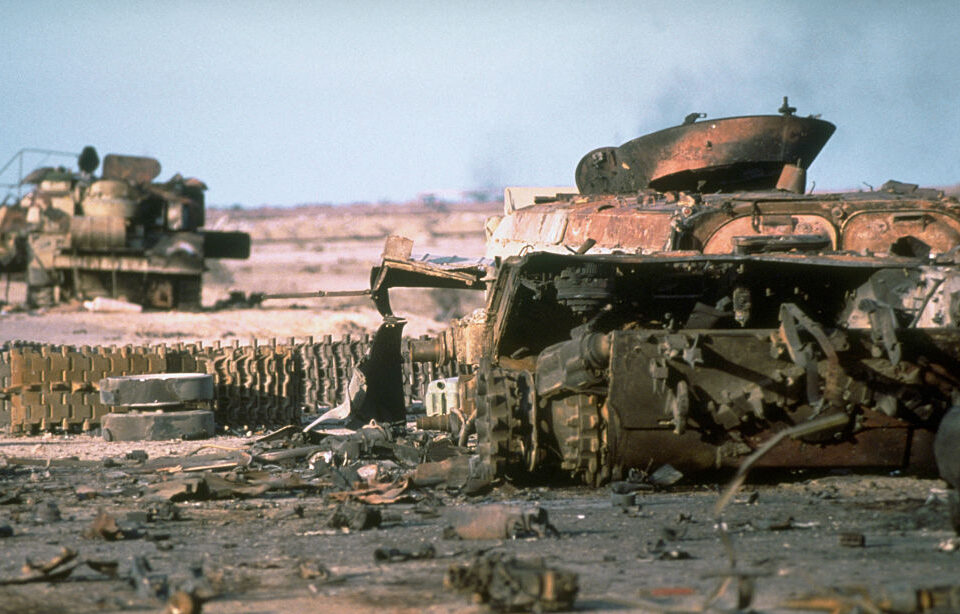In the early 1990s, the primary focus of warfare was predominantly centered on attaining air superiority, as exemplified by the events of the Gulf War. The era when tanks held sway on the battlefield had waned, and their prominence and deployment had dwindled. However, this didn’t mark the end of their importance. In February 1991, during the Battle of Kuwait International Airport, armored vehicles resurfaced to assume a substantial and crucial role.
Iraq invades Kuwait
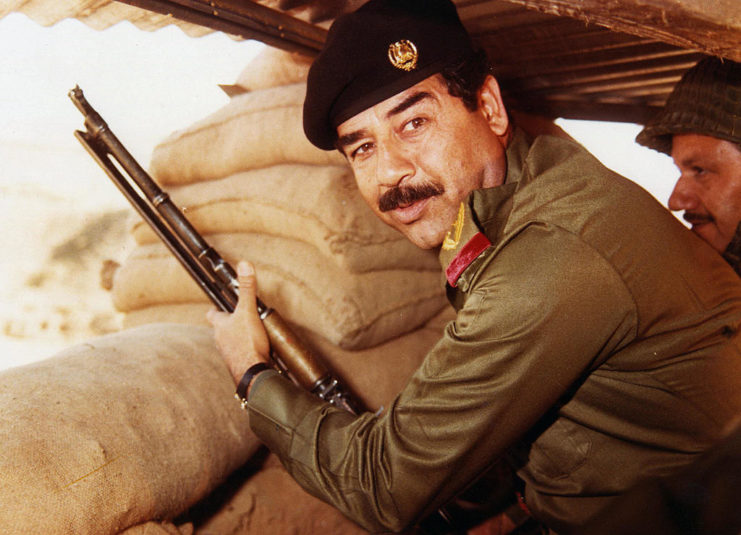
In August 1990, Iraq launched an invasion of the sovereign nation of Kuwait, driven by several factors. The primary catalyst was the immense debt Iraq had incurred during the Iran-Iraq War. Official estimates indicated that Iraq owed Kuwait approximately $14 billion US in funds used to finance its conflict with Iran. Furthermore, Iraqi President Saddam Hussein had accused Kuwait of pilfering oil from the oil field situated along the Iraq-Kuwait border.
The invasion took place with remarkable speed, as the Iraqi forces seized control within a mere two days. Condemnation from the United Nations (UN) swiftly followed, leading to economic sanctions. US President George H.W. Bush orchestrated a coalition in support of Kuwait, which included the United Kingdom, Egypt and numerous nations. Saudi Arabia also assumed a substantial share of the war expenses.
Operation Desert Storm
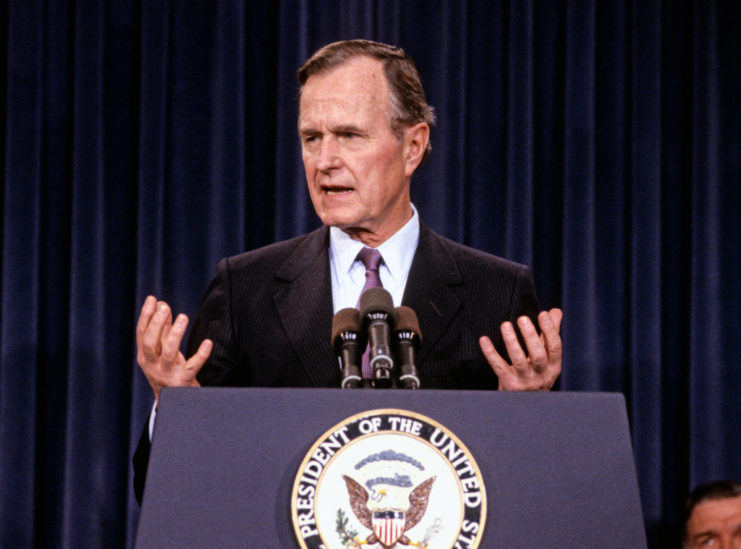
At first, the coalition’s mission took place in the air. From January 17 to February 23, 1991, the US, UK, Canada, France, Saudi Arabia and Italy carried out bombings over both Kuwait and Iraq. The campaign was considered a success. At the conclusion of air campaign, the fighting moved to the ground in Kuwait.
Kuwait International Airport was an important strategic location to hold during the conflict. The Iraqis had initially taken control of the airfield during their initial invasion and the US-led coalition was determined to take it back. Once the fighting moved to the ground, the airport was a natural place for a battle.
The Battle of Kuwait International Airport featured many participants
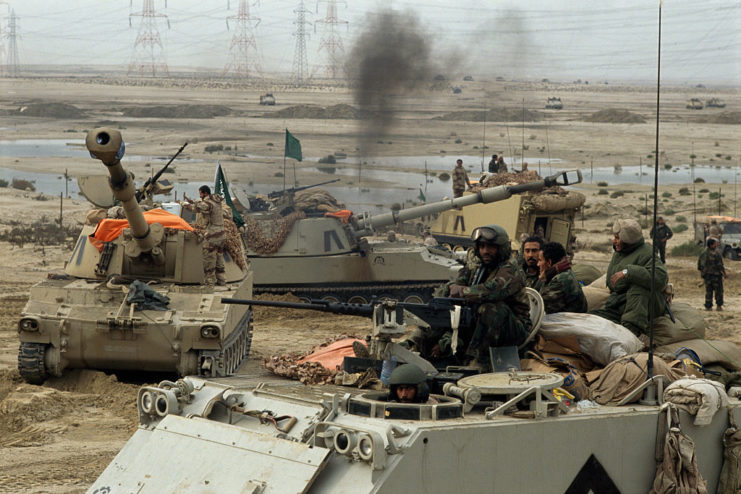
The Battle of Kuwait International Airport occurred on February 27, 1991, and it’s famed for the sheer number of servicemen who participated. The US Marine Corps was represented by the 1st and 2nd Marine Divisions, and the 4th Tank Battalion and the 4th Marine Division also took part.
The US Army was represented by the 2nd Armored Division’s Tiger Brigade, the 41st Infantry’s Straight and Stalwart Battalion Task Force and the 1-3 Field Artillery Battalion. The Special Forces, also known as the Green Berets, also took part, clearing the airport of enemy snipers and resistance fighters.
The Iraqis also had a number of troops involved in the fight. They were represented by the 3rd Armored Divison, the 449th Field Artillery Brigade, the 1st and 5th Mechanized Division, and the 6th, 7th, 8th, 11th, 14th, 15th, 18th, 19th, 29th, 36th and 42nd Infantry Divisions. A number of Commando units were also involved.
The battle was fast and furious
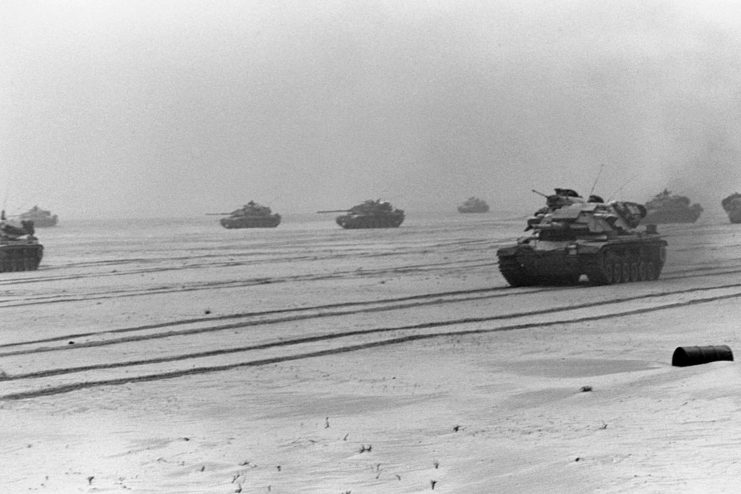
Today, the “Reveille Engagement,” a pivotal part of the Battle of Kuwait International Airport, stands as the largest tank battle in the history of the Marine Corps. Despite the substantial deployment of troops on both sides, the battle unfolded with remarkable swiftness.
While the conflict ultimately concluded at Kuwait International Airport, it had its genesis en route to the airstrip. The 1st Marine Division ruptured the Iraqi defensive line, decimating more than 250 T-55 and T-62 tanks, along with 70 Soviet T-72s operated by the Iraqi 3rd Armored Division. Simultaneously, the 2nd Marine Division dispersed Iraqi forces by engaging them from the opposite flank, acquiring additional tanks, armored personnel carriers (APCs) and trucks.
The outcome of the battle was a victory for the UN forces. The US incurred 19 casualties, with 11 tanks damaged or destroyed. In contrast, the Iraqi forces suffered hundreds of casualties, with thousands of soldiers taken prisoner, and hundreds of their tanks lay in ruins.
The aftermath of the Battle of Kuwait International Airport
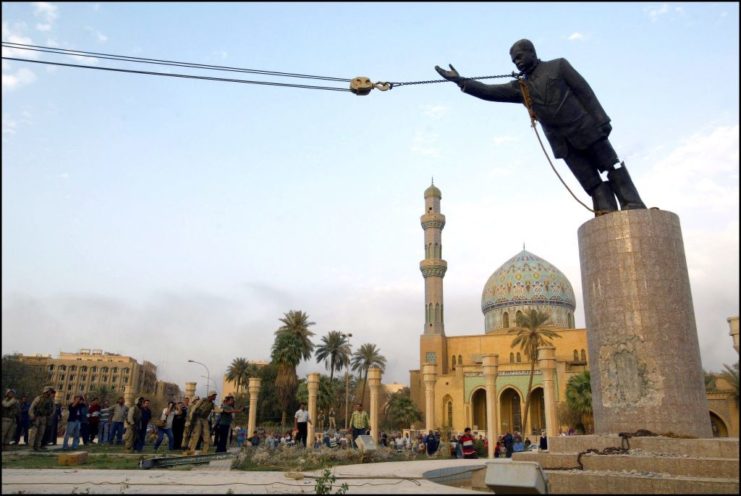
Like the Battle of Kuwait International Airport, the Gulf War was over very quickly. Just one day after the battle, the coalition was victorious and the Iraqis were driven out of Kuwait.
The war, however, had long-lasting consequences. During their retreat, the Iraqis set fire to hundreds of oil wells, which burned for months and resulted in the loss of six million barrels of oil a day. The fires also contributed to heavy pollution. Prior to the war’s conclusion, the UN Security Council had adopted Resolution 661, which placed severe sanctions on Iraq. During the 12 years it was enforced, many everyday Iraqis struggled with hyperinflation and malnutrition.
More from us: Operation Trent: The British Special Air Service’s Astonishing Daylight Mission in Afghanistan
Most notably, tensions between Saddam Hussein and the US stayed at a fever pitch. They were relieved in 2006, when the former Iraqi leader was tried and executed.
